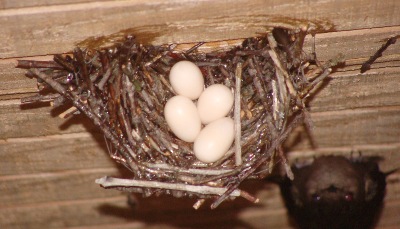Chimney Cleaning & Fireplace Repair - Q&A
Stink Bugs
Is there a chimney cap that will keep the bugs out? Chimney caps must maintain a certain mesh size to prevent dangerous clogging, not small enough to prevent bugs. The Chimney Solution: a top sealing damper locks onto its frame keeping stink bugs from entering through your chimney. We offer Lock Top and Lymance top sealing dampers for installation on wood burning appliances (sorry, not available for gas burning units). Call us to find out more!
What is a Chase Cover for?
We install stainless steel chase covers that are custom designed to go over your chimney top with drip edges and storm collars incorporated into it's design to protect your chimney from the Pennsylvania weather. An uncovered chimney flue will collect rainwater. This moisture will lead to an unpleasant smell as it mixes with the ashes and soot in the chimney. Actually becoming corrosive to the mortar joints, etc. Next, the moisture will enter your house, wicking thru the chimney into the walls - damaging drywall, wall paper and ceilings. See an example of one below:
Why Do I Need A Chimney Liner?
An unlined chimney may allow hazardous flue gases to enter the home and high flue temperatures can ignite a fire where a crack or gap allows access to interior construction combustibles.
Why do Many Chimneys now have to be Re-lined?
Basically the new equipment is more efficient, which means less heat is going up the chimney. The interior of the chimney is cold. These lower stack temperatures condense inside the flue, causing the moisture to come through the mortar joints and more acids in the gases for faster deterioration. All chimneys must now be lined when installing any new furnace especially the old ones with no liners. Note: chimneys built on outside walls have more problems than those built inside the house.
Oil furnaces cannot be lined using the much cheaper aluminum liners that can be used for a gas furnace. Either a stainless or a poured in place liner must be installed. Even the aluminum liners for some of the gas furnaces are not holding up well. We have had to replace some of them already.
Chimney Swifts - What do you do about federally protected birds?
A wonderful resource is the Wildbird Recovery Center in Valencia, Pa. If you have found a young bird you should call 724-898-1788 or visit their website http://www.wildbirdrecovery.org
If you hear birds in your chimney, close the damper. This will lessen the noise and prevent birds from flying into the house and keep fallen nests out of the fireplace. Chimney swifts are migratory birds that build their nests on vertical surfaces and the enclosed safety of a chimney is irresistible.
Once in the chimney, Swifts cannot be removed until their young leave the nest. A chimney cleaning can be scheduled for the fall after they migrate. To Keep Chimney Swifts out, a chimney cap with screen should be installed.
A Chimney Swift can eat its body weight of mosquitoes daily which helps control the West Nile Virus. A homeowner can choose to allow them to nest in their chimneys every year. Visit the Wild Bird Recovery Center & website or http://www.chimneyswifts.org to see how important these gentle birds are & what you can do to help preserve them. You are encouraged to not exclude chimney swifts, their natural nesting sites are rapidly disappearing. Learn how you can manage your chimney.
The best time to clean a chimney is in mid-March when the heating season is over and just before the Chimney Swifts return on their migration. The damper should be inspected and remain closed during the nesting season.
Chimneys with stone, firebrick or masonry flue tiles with mortared joints provide enough texture for the birds to cling to the walls. But metal liners should always be capped - an animal that enters a a metal flue will fall to the bottom and be unable to climb the slippery walls.
Photos courtesy of WBR - WildBird Recovery Center, Valencia PA
Chimney Cap vs Chimney Screen: Keeping Animals out of Chimney
Which do you need to keep animals out of your chimney a cap or a screen?
Screens are less expensive than chimney caps but they do not last as long. Our chimney caps are stainless steel & come with a lifetime warranty against corrosion. They won't stain your chimney. Raccoons can tear a screen off, but caps are much harder to dislodge.
A chimney cap also offers protection from the weather, it will keep water from entering your chimney flue. There are chimney cap designs which will keep water out, yet allow beneficial species like Chimney Swifts to enter. You can always call us to discuss any questions you have.
What is Creosote? What Causes it?
Creosote is the buildup of unburned hydrocarbon material in chimneys from wood burning fires. The degree or amount of creosote produced depends on many factors – combustion air or fire Intensity. Hot fires produce less creosote.
Moisture Content in wood. Wet or green wood burns cooler & smokes.
Chimney Temperature. Creosote is formed by the condensation of hot smoke on a cold surface. Older homes designed to be heated with wood or coal had chimneys built up through the center of the home. This location kept chimneys warm, resulting in less chimney fires or chimney fires with less intensity and subsequent damage. Fireproof roof covers of slate or tin also helped these older homes survive sparks and/or chimney fires. Today's construction methods have most chimneys located on outside walls, exposed to the cold. Although this building method provides more livable square footage, creosote buildup is increased tenfold.
Oversized wood burning appliances, burning low temp, smoldering smoky fires produce the most creosote. Appliances should be burned maintaining a 400 degree stack temperature for the least amount of creosote accumulation.
Better insulated homes. Today's homes are better insulated, with double or triple pane windows, insulated doors and so tighter than ever before. While that is a good thing for energy savings and eliminating cold drafts in homes, these factors cause issues with excessive creosote buildup, smoking and down draft.
The above five factors for creosote buildup are just the tip of the iceberg. Each primary factor listed could have a dozen or more subchapters. A good rule of thumb to follow is common sense and general awareness which is crucial for heating with wood or any appliance that burns fossil fuels. Heat, oxygen and fuel are the three elements required for proper combustion. Reduction of any one of these three will create soot. Elimination of any of these will result in your fire going out.
This is an extreme example of dangerous buildup in a chimney.
How often do I need to have my chimney cleaned?
Frequency varies due to individual use & construction. It is wise to have an annual chimney inspection/chimney sweep.
Creosote buildup in a chimney can lead to a chimney fire. Several factors affect how quickly creosote builds up. Is your chimney located on an outside wall or is it in the middle of the house? A cooler surface- more exposed chimney will cause faster condensation of the flue gases contributing to creosote. Wet or unseasoned wood will also cause a faster accumulation. The most common causes are improper burning techniques and/or improper construction or installation.
Contact Black Knight Chimney to learn more about proper burning techniques.
What is it like to have a Chimney Fire?
It's no fun! If it doesn't burn your house down, it will probably wreck your chimney and scare you half to death. Here's what happens. Begin with one dirty chimney. Let's assume the fireplace hasn't been cleaned for two or three years. The chimney lining is saturated with flammable creosote. Creosote doesn't take much to ignite: popping wood or flying newspaper burning through the damper is enough. Once started, creosote burns with unmerciful abandon. In seconds the fire is in the flue causing a roar and howl, sending anyone in the house running for cover. Outside a real fireworks show is in the making. As the creosote fire builds and intensifies, the heat melts the mortar between the bricks. The red hot mortar and balls of burning creosote are caught up in a tremendous up-draft. The balls of fire shoot out of the chimney anywhere from six to eight feet high and land on the roof, which can burn down your house. A chimney fire can be controlled throwing rock salt on the fire and covering the opening with a wet blanket to shut off the air. But there is a way to minimize a chimney fire from ever happening at your home_ have our experts inspect your fireplace and chimney.
What Kind of Wood Should I Burn? Here is a partial list of American woods, with their approximate heat value:
High: Live Oak, Shagbark Hickory, Black Locust, Dogwood, Apple, White Oak, Black Birch, Red Oak, Rock Elm, Yellow Birch, White Ash, Black Walnut.
Medium: Holly, Pond Pine, Nut Pine, Shortleaf Pine, Juniper, Paper Birch, Red Maple, Cherry, American Elm, Chestnut, Sassafras, Red Cedar.
Low: Black Spruce, Hemlock, Red Alder, Tulip Poplar, Red Fir, White Spruce, Butternut, Redwood, Sugar Pine, Cotton Wood, Bass Wood, Noble Fir.
*Black Knight Chimney, Inc. reserves the right to correct any errors, inaccuracies or omissions and to change or update information at any time without prior notice.*
Created to provide information on chimney and wood burning safety issues. This is intended to aid in increased awareness not as any warranty, implied or otherwise. A regular inspection, cleaning and maintenance of your chimney is recommended. Duration and frequency of necessary servicing varies by individual usage and cannot guarantee against hidden defects in construction that are beyond our control.




